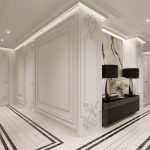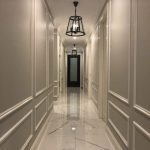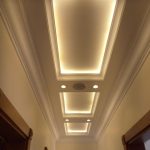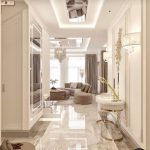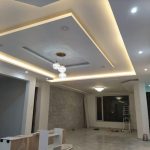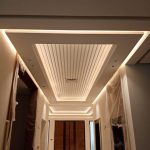Creating Concept
- Home
- Our Services
- Creating Concept
We don’t Use Fakes and Work Only with Original Brands
1. Understand your client’s needs: Start by having a detailed conversation with your client to understand their requirements, preferences, and vision for the space. Ask questions about their lifestyle, functional needs, desired aesthetics, and any specific elements they would like to incorporate.
2. Research and gather inspiration: Once you have a clear understanding of your client’s needs, research different design styles, trends, and themes that align with their preferences. Look for inspiration from interior design magazines, websites, social media platforms, and even previous projects you’ve worked on.


3. Develop a concept statement: Based on your client’s input and your research, create a concise concept statement that captures the essence of your design. This statement should express the overall theme, mood, and key design elements that will be incorporated into the space.
4. Create a mood board: Compile a collection of images, textures, colors, patterns, and materials that represent your concept. Arrange them on a mood board to visually communicate the proposed design direction to your client. Ensure that the mood board reflects the desired atmosphere and aesthetics discussed with your client.
5. Present your concept: Schedule a meeting with your client to present the concept. Explain the thought process behind your design choices, highlighting how the concept aligns with their vision and requirements. Use visuals from your mood board to help them visualize the proposed design.
6. Incorporate client feedback: After presenting the concept, listen attentively to your client’s feedback. Address any concerns or suggestions they may have and make necessary adjustments to the concept if required. Collaboration and open communication are key to creating a concept that truly reflects your client’s vision.
7. Refine and finalize the concept: Based on the client’s feedback, refine the concept further, making any necessary revisions or additions. Once you and your client are satisfied with the concept, finalize it and move forward with the detailed design phase.
Remember, the concept creation process is a collaborative effort between you and your client. By actively listening to their needs and preferences, and effectively communicating your design ideas, you can create a concept that exceeds their expectations.

